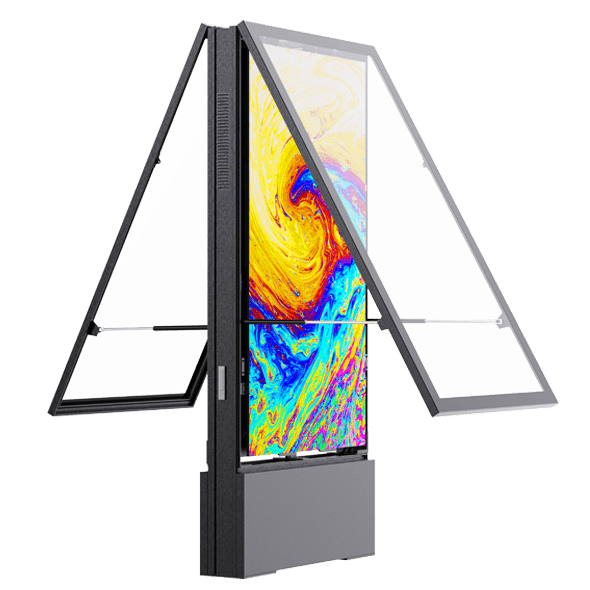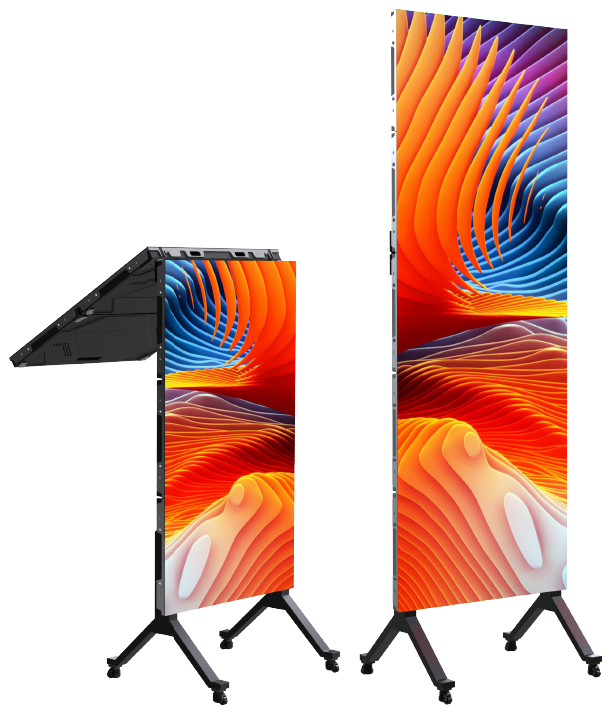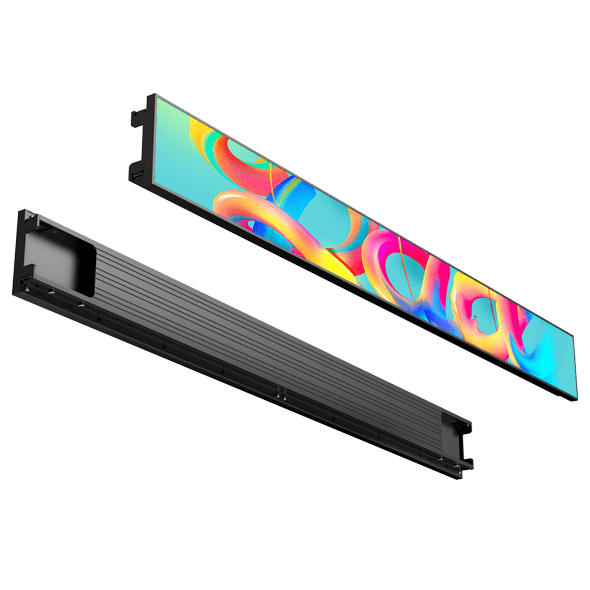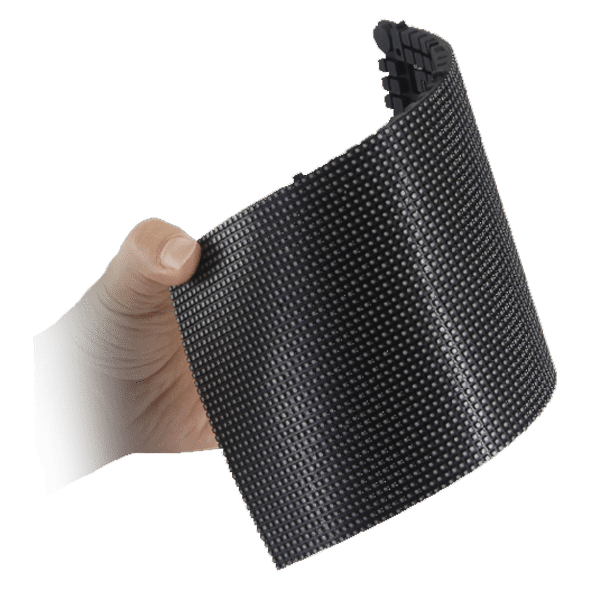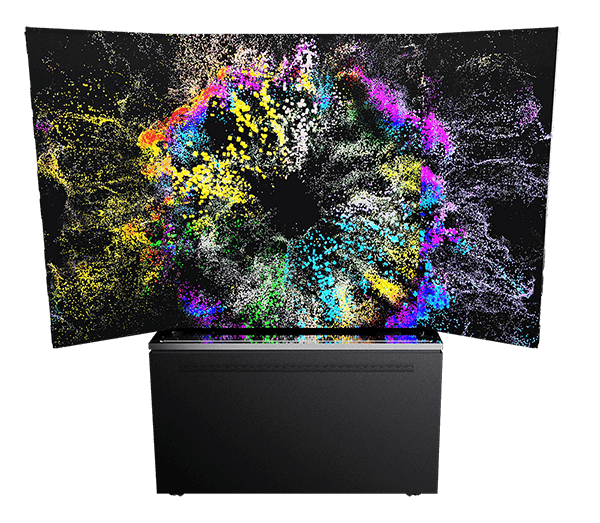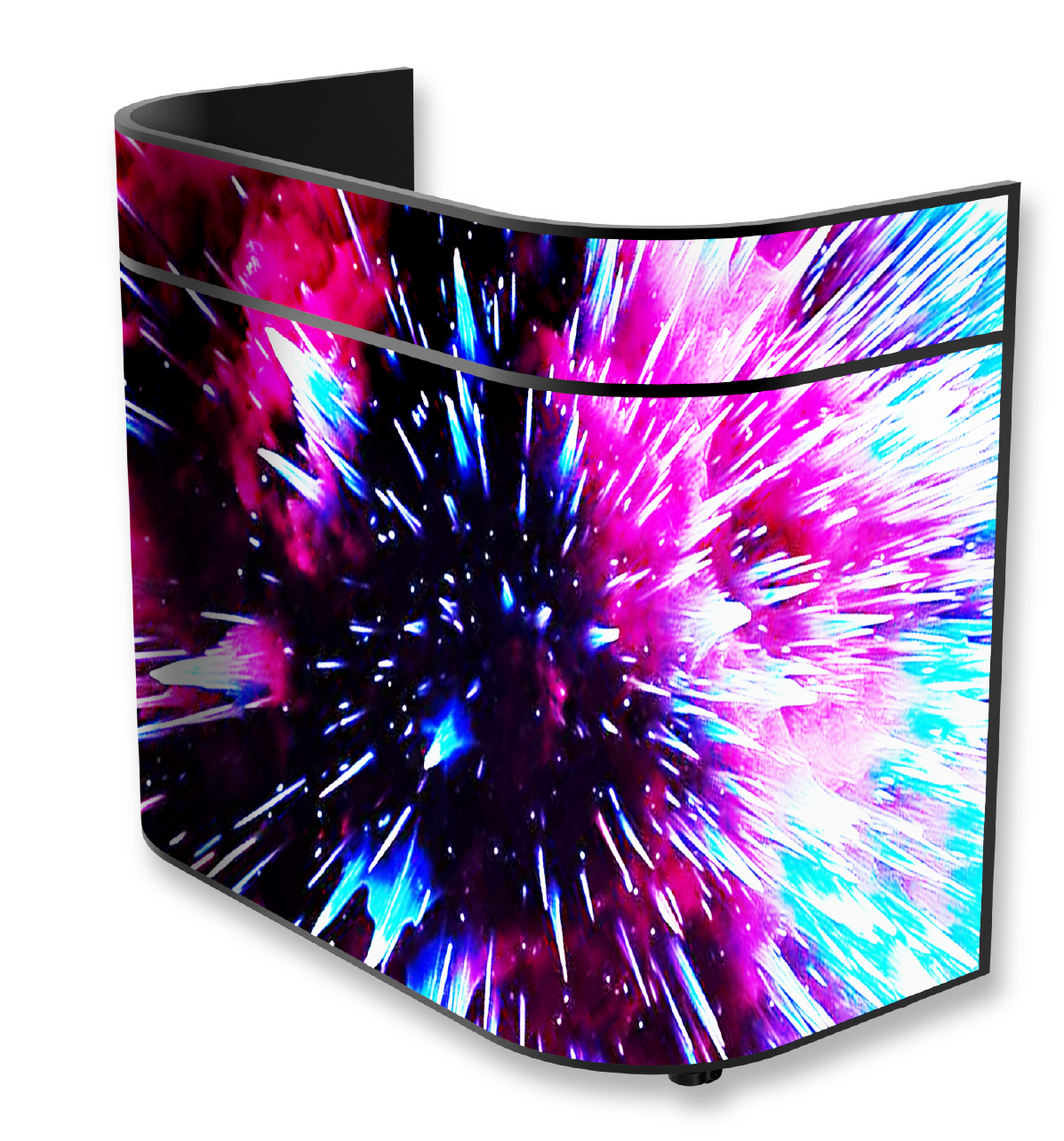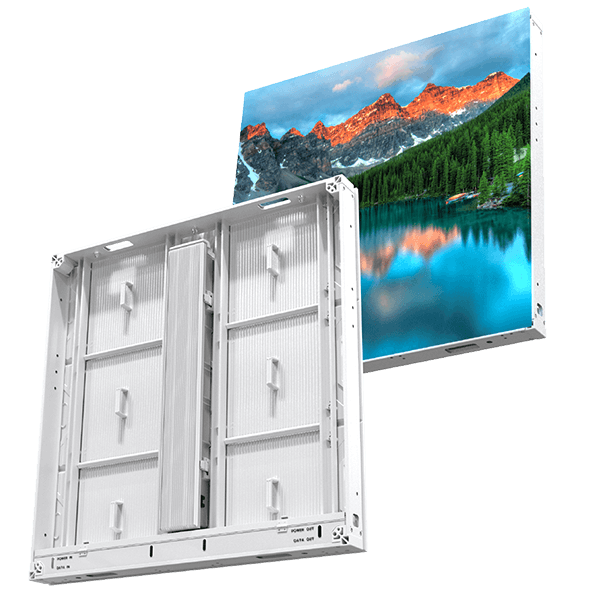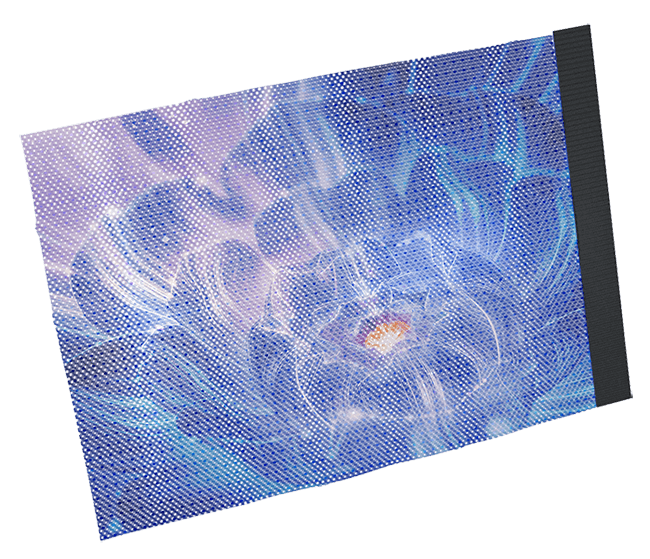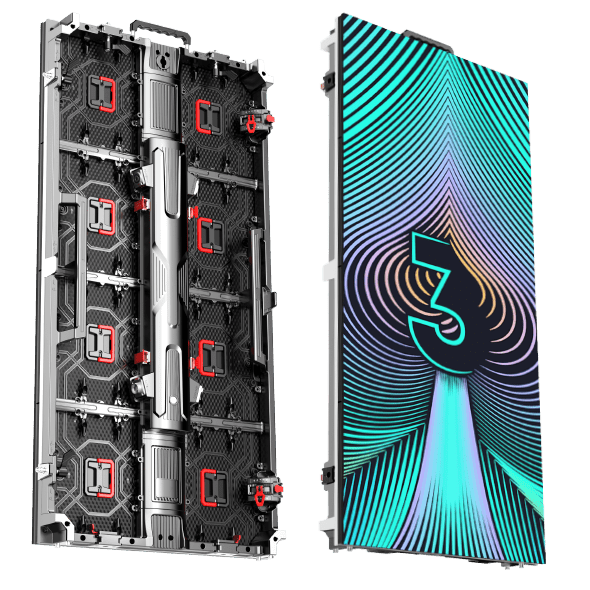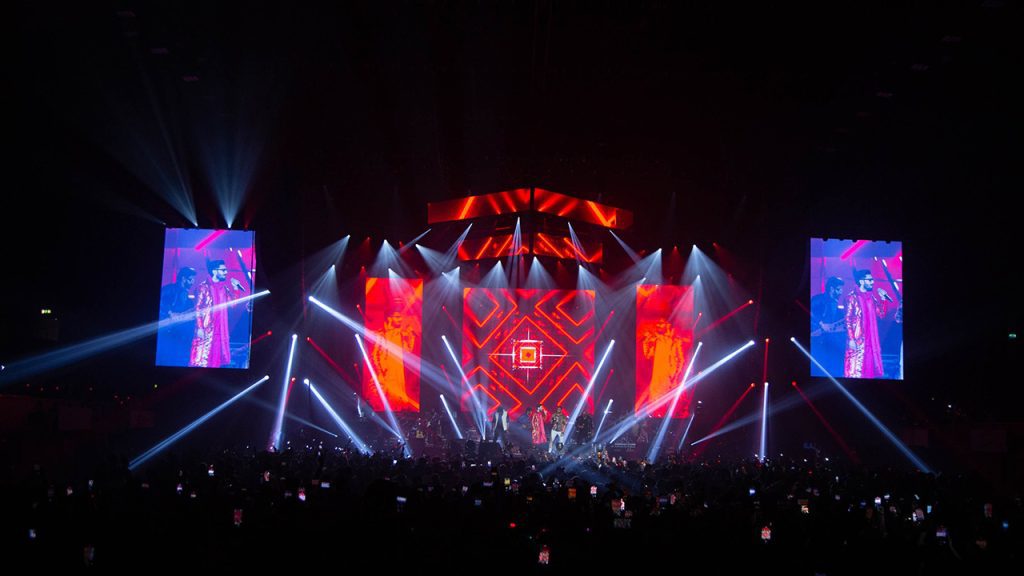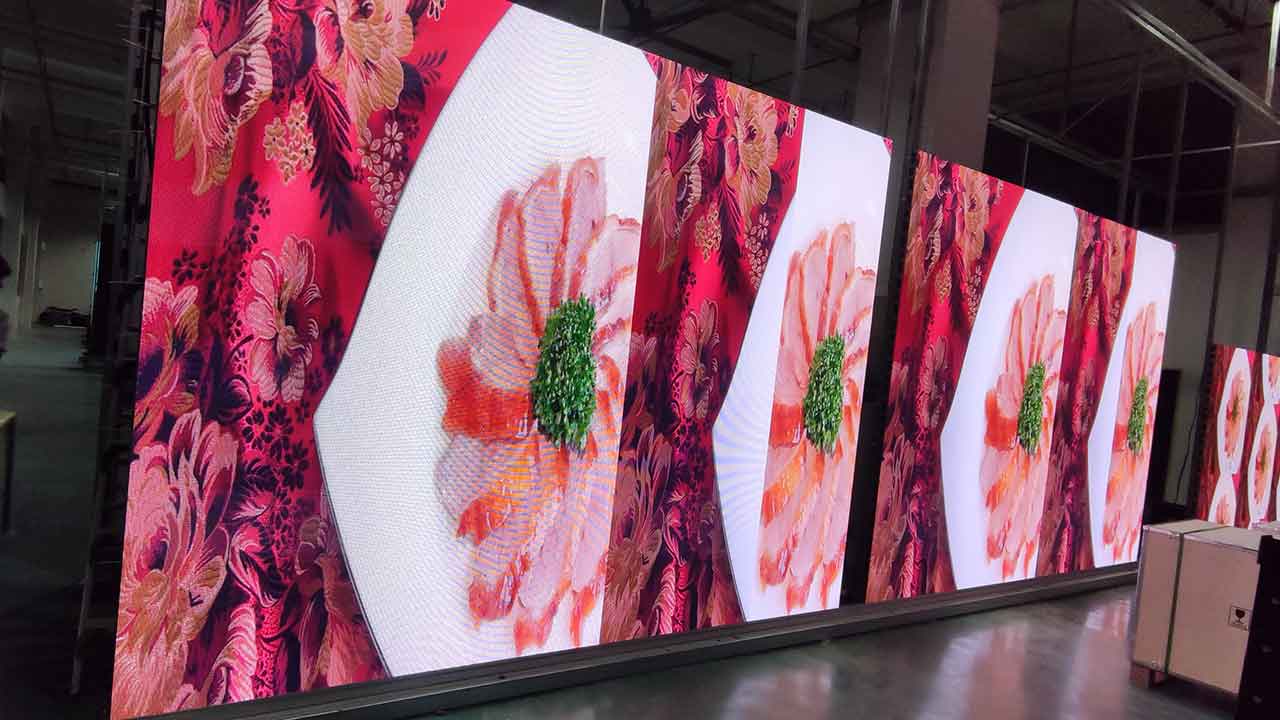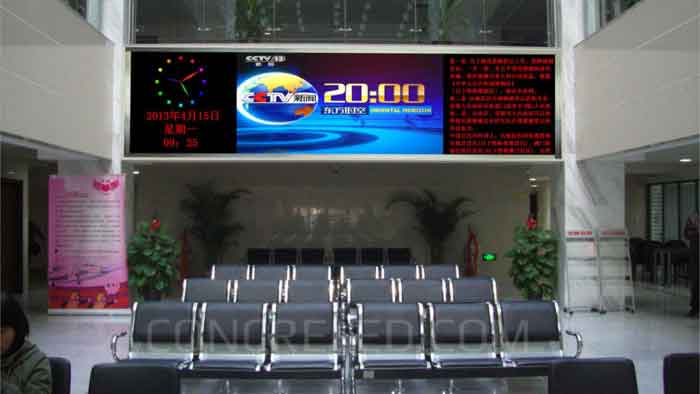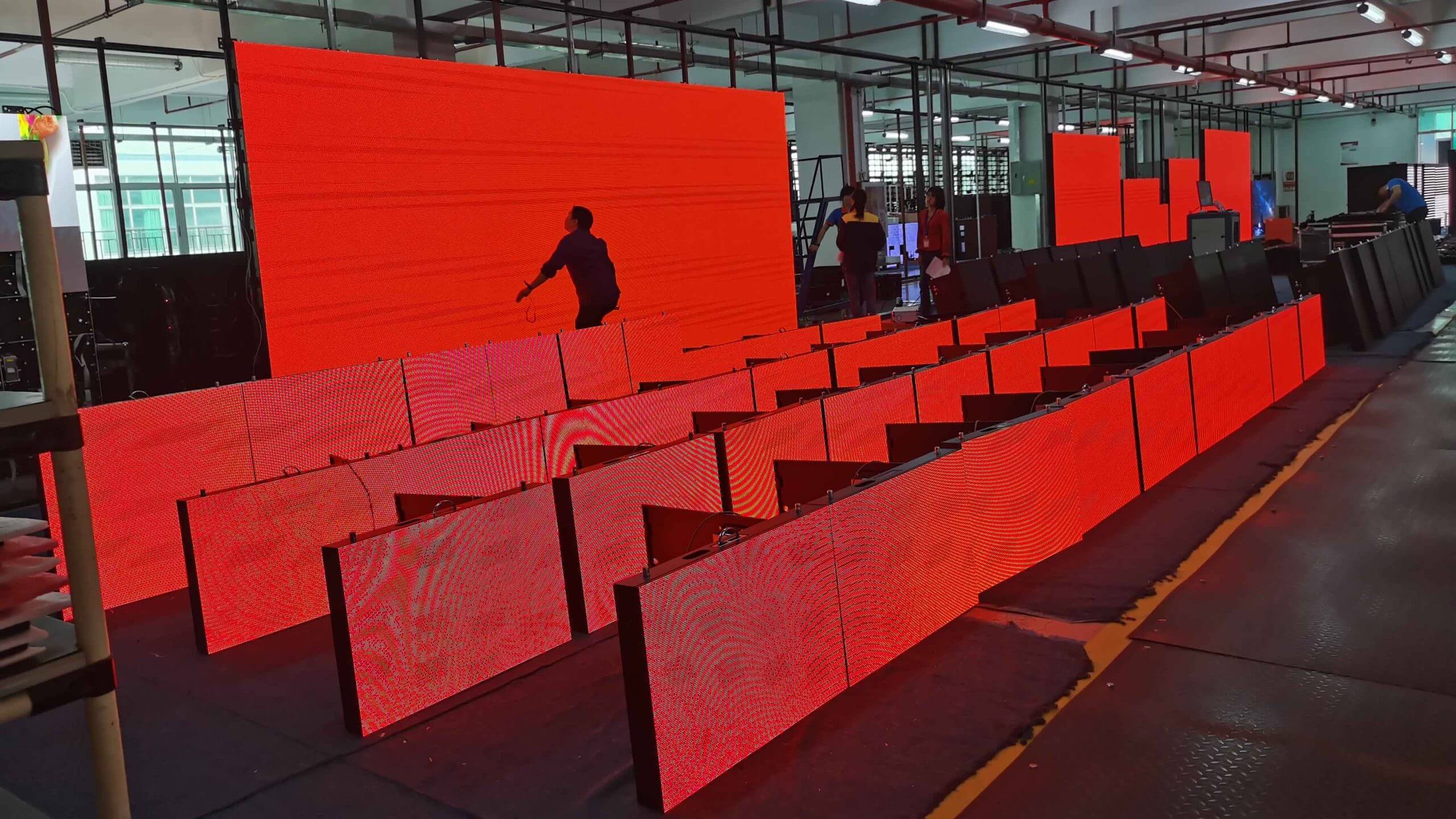
In today's digital world, LED displays have become a staple in both indoor and outdoor advertising, providing vibrant and dynamic visuals. However, not all LED displays are created equal, and ensuring you get the best quality is essential for maximum impact. Here are six crucial tips to help you evaluate the quality of an LED display effectively.
1. 평탄도 평가
Flatness is a fundamental aspect of an LED display's quality. A screen with uneven flatness can cause image distortions, leading to poor visual performance. The ideal flatness should be within ±1mm. You can perform a visual inspection to check for any noticeable protrusions or depressions. Pay special attention to the assembly process, especially for displays below P3, as gaps between modules can cause visible black lines and affect the overall visual experience.
2. 밝기 및 시야각 평가하기
The brightness of an LED display is crucial for visibility. For indoor full-color screens, the brightness should range from 800-2000 cd/m², while outdoor screens should be between 5000-7500 cd/m². Brightness that is too low or too high can result in unclear images. The brightness level is primarily determined by the LED's crystal size. Additionally, the viewing angle is essential—the wider the angle, the better the display's visibility from different positions. This is mainly influenced by the packaging method of the LED core.
3.화이트 밸런스 확인
White balance is a critical indicator of an LED display's color accuracy. Ideally, the display should show pure white when the red, green, and blue colors are in a 1:4.6:0.16 ratio. Any deviation might cause the white to appear bluish or yellowish-green. The control system of the display plays a significant role in maintaining the correct white balance. Ensuring accurate white balance guarantees that other colors will also be reproduced faithfully.
4. 색상 블록 및 색상 차이 식별하기
컬러 블록은 인접한 모듈 간에 상당한 색상 차이가 발생하여 색상 전환에 눈에 띄는 불일치가 발생하는 것을 의미합니다. 이 문제는 일반적으로 수준 이하의 제어 시스템, 낮은 회색 레벨, 낮은 스캔 빈도로 인해 발생합니다. 고품질 LED 디스플레이는 눈에 띄는 블록 없이 매끄러운 색상 전환을 통해 부드럽고 일관된 이미지를 보장해야 합니다.
5. 색상 재현성 확인
색 재현성은 디스플레이가 원본 소스의 색상을 얼마나 정확하게 재현하는지를 측정합니다. 고품질 LED 디스플레이는 원본 이미지에 충실한 색상을 구현하여 표시되는 콘텐츠의 사실성과 생동감을 보장해야 합니다. 이 요소는 브랜딩 및 광고와 같이 색상 정밀도가 중요한 애플리케이션에 매우 중요합니다.
6. 모자이크 및 사각지대 감지
Mosaic effects occur when there's an uneven color distribution across the display, often resulting in small, perpetually bright or dark squares. This issue is usually due to poor-quality connectors. Dead spots refer to individual LEDs that are permanently on or off, impacting the visual integrity of the display. The occurrence of dead spots is influenced by the quality of the LED's core components. Regular checks for these issues can help maintain the display's overall performance.
결론
LED 디스플레이의 품질을 보장하려면 평탄도, 밝기, 시야각, 화이트 밸런스, 색상 일관성, 모자이크 또는 데드 스팟의 존재 여부 등 여러 요소를 신중하게 고려해야 합니다. 이러한 팁을 따르면 뛰어난 성능과 긴 수명, 시각적으로 매력적인 경험을 제공하는 LED 디스플레이를 선택할 수 있습니다. 고품질 LED 디스플레이에 투자하면 시청 경험이 향상될 뿐만 아니라 장기적으로 안정성과 만족도를 보장할 수 있습니다.




